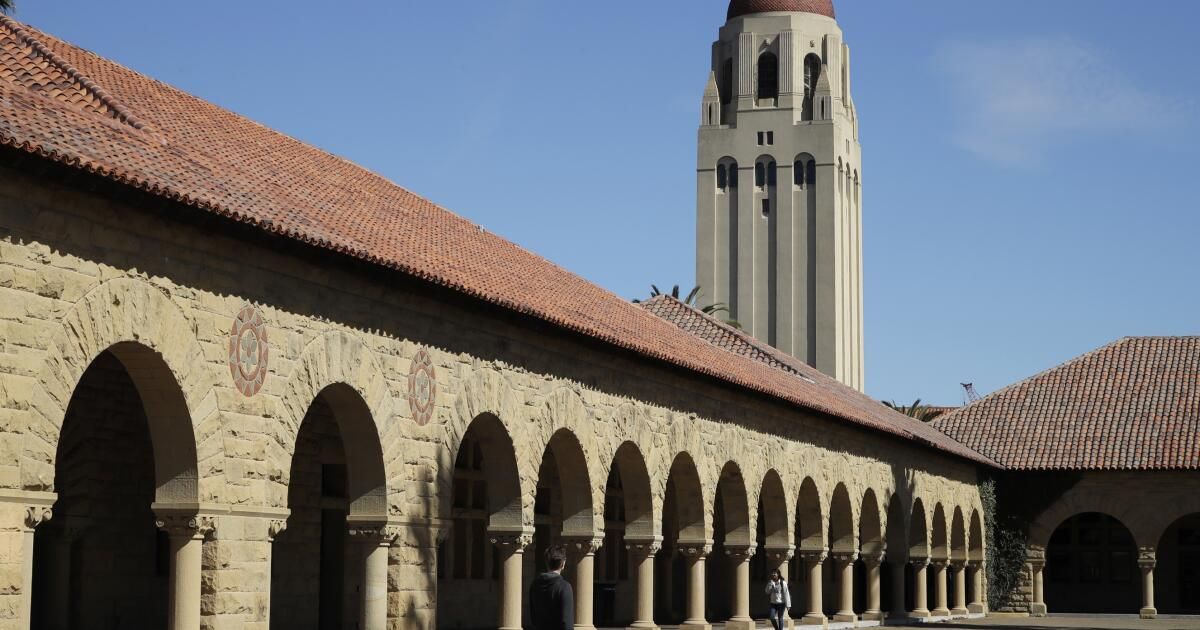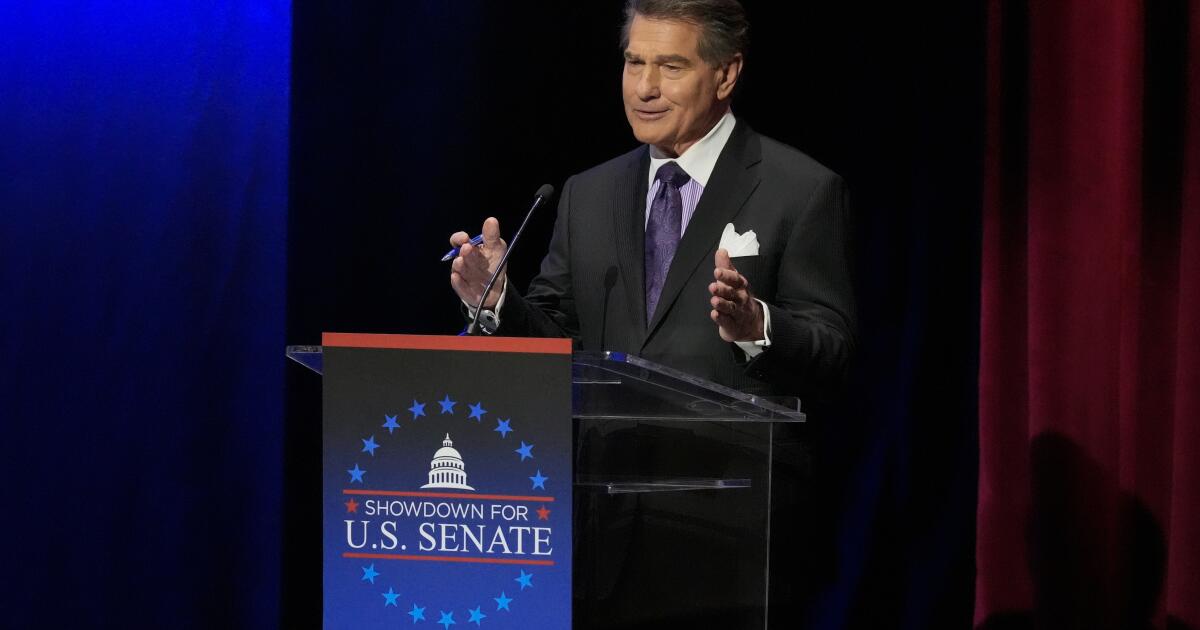To the editor: Assemblyman Phil Ting (D-San Francisco) argues that colleges that offer legacy admissions “have a lot of money” to offer low-income students without having to rely on alumni donations. Where, please tell me, do you think these universities got this money? (“California effort to end legacy, donor admissions could hit USC, Stanford,” Feb. 29)
It did not come from the government or from the tuition of full-paying students, because at most universities the tuition is insufficient to cover the costs. This money came from alumni from previous years who accumulated donations to help with tuition.
My husband was able to attend college with the help of an alumnus for tuition. In fact, the school asked him to write a letter each year thanking the donor, and he gratefully did so.
Recently, when my daughter applied to college, an admissions director at a highly selective school told us that 90% of applicants were qualified to attend. So the question is: how do they choose schools?
If an inherited or gifted child meets the criteria, why can't the school choose that child? If it's a student who pays in full and additional money is donated to provide tuition assistance, I call it a win-win.
Jacqueline Brady, San Juan Capistrano
..
To the editor: I fully support the effort to ban state financial aid for students attending private colleges and universities that favor legacy admissions.
According to their own statements, USC's endowment is more than $7 billion, Santa Clara University's is $1.47 billion, and Stanford's is a whopping $36.5 billion. of dollars. These institutions could easily make all tuition free, or even free for those with incomes below a certain amount, but they choose not to.
Public money should not be given to these giants who have obscene sums.
Brenda Gant, Glendale











